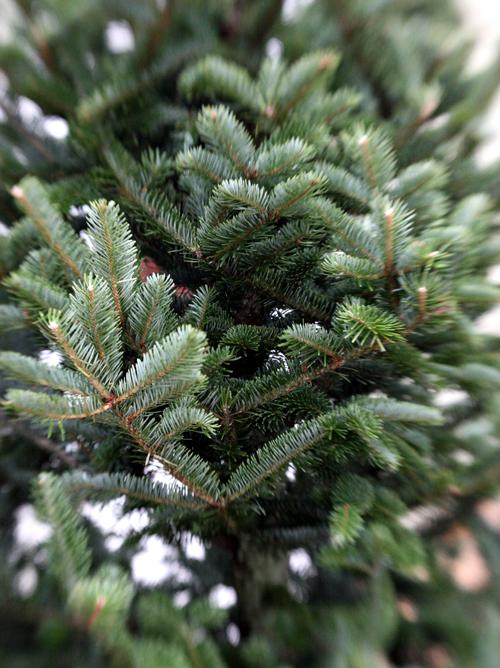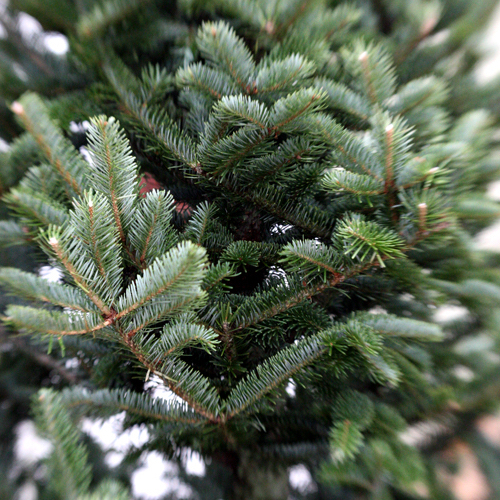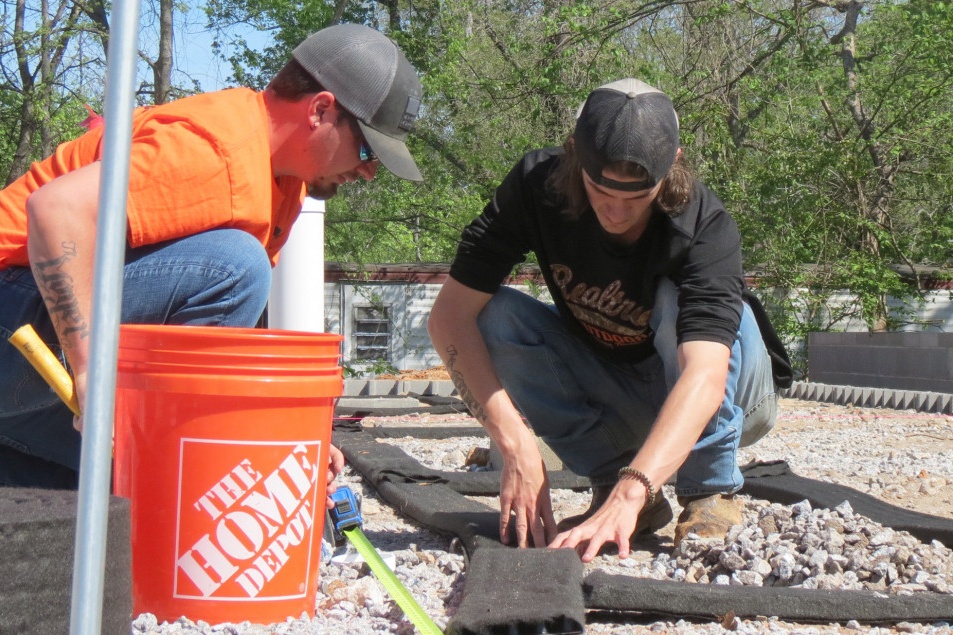Even in the south, where winters can be mild, people tend to spend more time sealed up inside during the colder seasons.
While spending time inside keeps you safe from the elements, it can expose those with asthma to more of the indoor air pollutants that can trigger asthma attacks.
The best way to control asthma is by knowing the warning signs of an attack and by lessening exposure to those triggers. Asthma can be triggered by house dust mites, tobacco smoke, high humidity and some foods and food additives. It is important to learn what triggers your attacks so that you can avoid the triggers whenever possible.
Here are some tips from University of Georgia Cooperative Extension to minimize triggers found in indoor environments:
- Smoke — Limit the use of burning candles, smoking-tobacco products and wood-burning fireplaces or stoves.
- Dust mites — Use mattress covers and pillow covers to create a barrier between dust mites and yourself.
- Cockroaches and their droppings — Remove as many open water and food sources as possible to deprive cockroaches of what they need to survive. Use roach traps or gels to eliminate cockroaches in your home.
- Furry pets — Keep pets off of beds and furniture and out of the bedroom of anyone with asthma. Trimming your pet’s fur will not help with asthma, but vacuuming often with a HEPA-filtered vacuum will help.
- Mold — The key to controlling mold is to reduce moisture. Keep the humidity level in your home between 35 and 50 percent. In hot, humid climates, you may need to use an air conditioner, a dehumidifier or both. Repair water leaks.
You can control asthma and avoid an attack by eliminating environmental triggers and taking medications exactly as directed by your healthcare provider.
Learn more at www.epa.gov/asthma.








